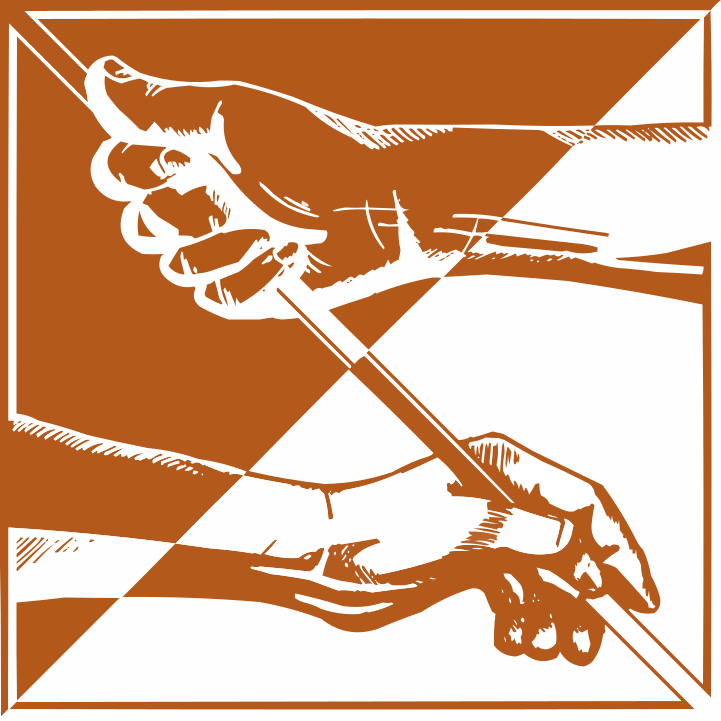For his research on iron and blacksmiths in Roman cultural discourse, Hylke de Boer did a course in blacksmithing at Kunstsmederij Bos in Veendam. There, he learned the tricks of the trade and got a sense of what it is like to work at a blacksmith’s shop. The blacksmith’s trade is a conservative trade. Tongs, hammer and anvil were as essential to a Roman blacksmith as they are to a modern practitioner. The fire, which the instructor Fred Bos stoked on coals rather than gas because it felt ‘real’, is still the heart of a blacksmith’s shop. Bos taught his students how to forge nails, hooks, hangers, and various tools for the fireplace, each of these objects requiring different techniques. Hylke now uses most of these objects as decorative wall elements since his studio, sadly, does not have a hearth.
Of course, the Roman blacksmith did not have the option of a gas forge or a power hammer, and he did not have electrical ventilation or air pumps at his disposal. The Roman blacksmith used (enslaved) assistants to power his bellows, tend to the fire and, if needed, work the iron with heavy sledgehammers. Whereas the modern blacksmith entrusts certain types of labour to machines, in Roman times these same types of labour should be credited to a group of workers that often remain hidden to the historical record.
But Fred Bos had another type of workers at his disposal: the tools themselves. During the first lesson, he explained how the anvil itself does half of the work. As the hammer lands, the anvil ‘hits back’, so that the iron is shaped on both sides. Especially when the hammer misses a blow, it is catapulted back by the anvil. Perhaps the inexperienced student should be blamed for that mistake, rather than the hammer.
